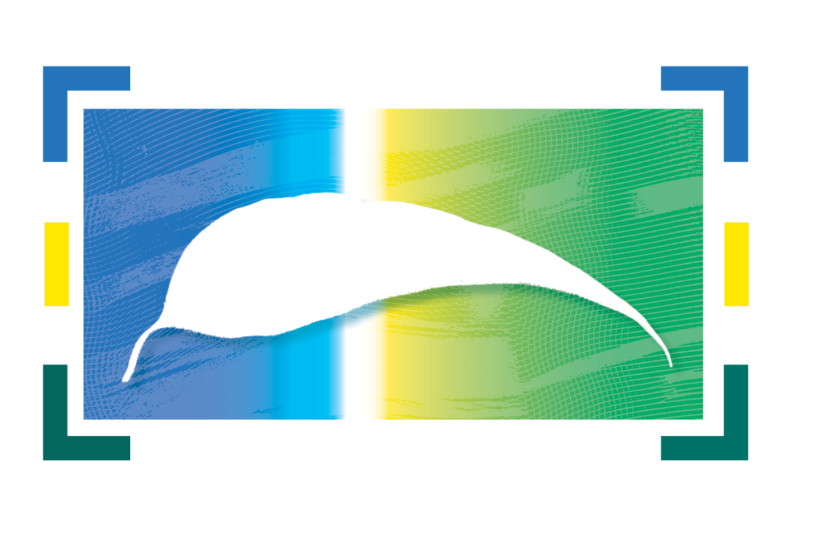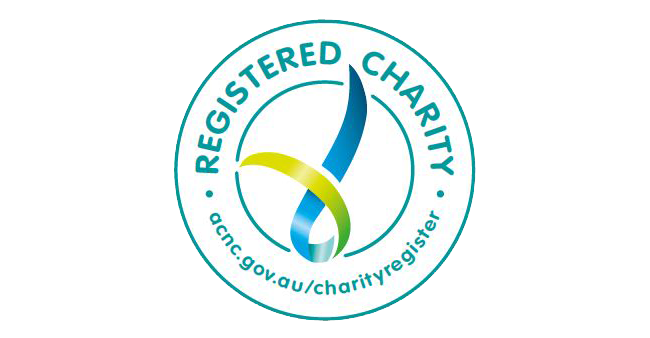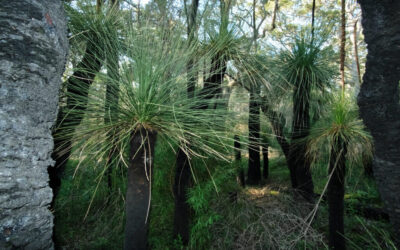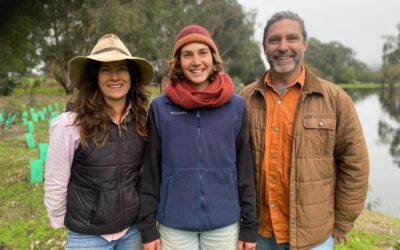Woody Weed Control
Learn how to identify and remove invasive tree species or “woody weeds” from your property.
Everyone from suburban gardeners to bush block owners is urged to get on board and help stop the spread of the invaders, which cause huge problems when they jump from gardens to surrounding bushland, reserves and catchment areas.
Why woody weeds are a problem
Weedy trees such as Sydney Golden Wattle, Flinders Range Wattle, Sweet Pittosporum, Victorian Teatree, Blackwood and Olives also pose big problems by outcompeting native plants and dominating bushland.
Weedy shrubs and trees are one of our biggest threats to native bush because they can spread vigorously, outcompete local trees, and the seed can last for decades in the soil.
Identifying the invaders
To help with idenfication, we’ve made a series of short videos on some of our region’s problem weed trees. Each video is several minutes long and covers the essentials of identifying the species, how to control it, what natives not to mistake it for, and any other species-specific info you need to know.
Sydney Golden Wattle:
Native to New South Wales, this species grows to 10m, with elongated leaves that are 5cm-25cm in length and yellow, cylindrical flowers from June to November. It reproduces from seeds dispersed by water, birds, ants, soil movement and dumping of garden waste.
Sweet Pittosporum:
Native to eastern Australia, this species is planted widely in backyards and gardens across the region and now threatens our iconic karri forests. It has smooth grey bark and glossy green leaves similar to bay leaves, often with wavy margins, and sweet-smelling white flowers. Flowers are followed by orange grape-sized fruit containing sticky seeds that are eaten and dispersed by birds.
Victorian Teatree:
Also known as Coastal Teatree, this species is from south-eastern Australia and was introduced as a garden plant, for screening and wind breaks. It’s a tall shrub or small tree growing to 6m with sprays of white flowers from July to October, a solid trunk with strips of bark, and small rounded leaves in a distinctive grey-green colour, growing in sandy and gravel soils and thriving in coastal areas and roadsides.
Blackwood (Acacia melanoxylon):
A large, slender tree that can grow to more than 20m, with smooth grey bark and deep green foliage. Its cream-coloured flowers in spring make it easy to distinguish from most other tree wattles which typically have deep gold or yellow flowers. Their clusters of curly, twisted seed pods also make it distinctive from other wattles.
Olive:
A popular garden specimen grown for its fruit and draught tolerance, olive trees can become weedy if they are not netted and birds are able to eat the fruit and spread the seed. Olive trees form large, dense monocultures, transforming ecosystems and outcompeting natives. Growing up to 10m, the common olive has leaves with silvery-grey undersides and pointed tips.
Dealing with woody weeds
Once you’ve identified the invaders, you can either hand-pull seedlings, remove larger shrubs and trees with a pruning saw or chainsaw, and for bigger jobs call in contractors or the Nature Conservation’s Bush Regeneration Team.
We really encourage you to remove them because one tree can spread over a large area in just a few years. Once the woody weeds are gone, it’s important to replace them with local natives to restore habitat, complement our bushland and be beneficial for wildlife. Please note, if wildlife are using your woody weeds for food or habitat, a staged removal will minimise the impacts on animals.
Latest news on Woody Weed Control
Biodiversity assessments to know your nature
Landholders can now access expert advice on how to protect and restore the environment on their properties, thanks to biodiversity assessments offered by Nature Conservation Margaret River Region’s expanded team. The assessments are a response to strong demand from...
Empire Retreat backs biodiversity
One of the Cape’s most recognisable tourism businesses is playing a hands-on role in local conservation and biodiversity, with Empire Retreat and Spa tackling revegetation and weed control as part of the Cape Naturaliste Conservation Enterprise (CNCE). When the new...
Workshops to protect wildlife
Dunsborough and Eagle Bay residents have the chance to roll up their sleeves and take part in two hands-on community workshops focused on woody weed control and helping to protect wildlife. Held on Saturday, June 28, the Woody Weeds & Wildlife events will empower...
Address
Community Resource Centre
33 Tunbridge Street
Margaret River WA 6285
Postal Address
PO Box 1749 Margaret River WA. 6285
Contact Us
Phone: (08) 9757 2202
Email: info@natureconservation.org.au





